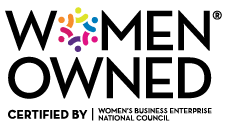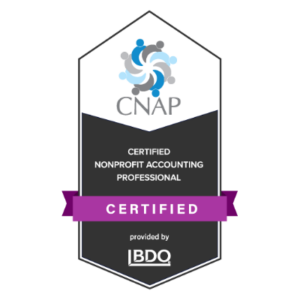
You need an assistant!
Hire for your weaknesses!
You shouldn’t be doing any tasks that aren’t revenue-generating!
Have you heard this before?
I know I have.
Oftentimes entrepreneurs rush out to hire a Virtual Assistant (VA), a Facebook Ads Manager, an Online Business Manager (OBM) without actually knowing what they should be doing.
There are tons of job postings online so we Frankenstein a job description together, post it on Indeed, bring someone on, and guess what?
- The relationship is nothing like we intended.
- Our plate is fuller than before.
- Growth is stagnating.
- Our calendar is filled with meetings to manage the team of 3-10 people.
- Profit margin tanks.
- We feel pressured to support the team we hired but are wondering where the ROI is hiding.
Since creating this business five years ago, I have learned this lesson firsthand and figured out the solution.
You must know how to do something yourself before you can hand it off.
Facebook Ads has been the bain of my existence for years now. Since the beginning of my business, I have been drawn in by the siren song of Facebook ads, thinking to myself, if I could just master Facebook ads, maybe I could build my email list, sell a new digital product, grow my membership faster.
So I played around with Facebook ads several years back, got frustrated with it after about five minutes, and decided immediately to hire out.
It’s not my expertise, I’m not interested in learning, so I’ll just find someone to do it for me. I literally thought it was like a switch to flip – and if you knew the special way to flip the switch, the revenue would just come pouring in.
Oh, how wrong I was!
I hired a Facebook ads “expert”, paid them, and got no results. Not a single email address added to my list, no sales, nothing. You’d think I learned my lesson, but I did the same thing two more times!
But I realized that all of these attempts were missing one key thing: I didn’t understand Facebook ads at all, so I didn’t articulate what I was looking for. The people I hired made empty promises and I couldn’t see it because I didn’t understand what I really needed either.
Lesson learned!
I recently decided I wanted to dabble in Facebook ads again to help grow our membership but instead of running out and hiring someone, I decided to learn it myself, so I am more educated if and when I do decide to hire someone.
I (lightly!) invested in a couple courses and instead of whizzing through it, I took my time, created a strategy, and tested a couple ads for myself.
Now, I didn’t flip the switch and watch the sales come pouring in (bummer!), but now that I know how it works, I know exactly what I need and what questions to ask if and when I do hire someone.
I won’t get burned again!
What about your finances?
Many entrepreneurs immediately hire a bookkeeper or a CFO because they hate numbers and don’t even want to touch them.
But, as a CFO, I think it’s important for every beginning entrepreneur to do your own bookkeeping in the beginning. You will get an intimate knowledge of what’s coming in and going out of your business. You will understand on a deeper level what your numbers mean rather than just filing away the Excel reports your bookkeeper sends you.
You absolutely don’t need to become an expert in Quickbooks or accounting or taxes – that’s what the professionals are for, after all! And you don’t need to manage your numbers forever. As things get more complicated, it’s vitally important to bring on the right support.
But once you gain that foundational understanding and knowledge, you will know exactly what and who you need to support you.
If you’re at the beginning stages of your entrepreneurial journey and are handling your finances yourself, The Entrepreneur’s CFO Corner gives you the tools and the resources you need to do it yourself, but you also have a CFO in your back pocket to check your work and ask questions.
How has doing something yourself before you hire, helped you clarify what and who you need?
























